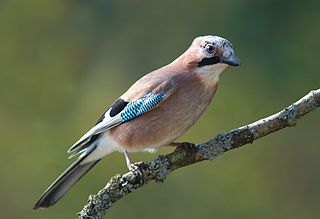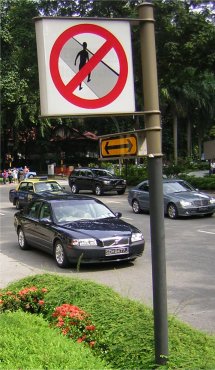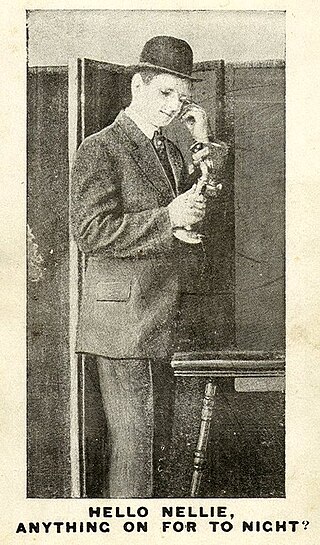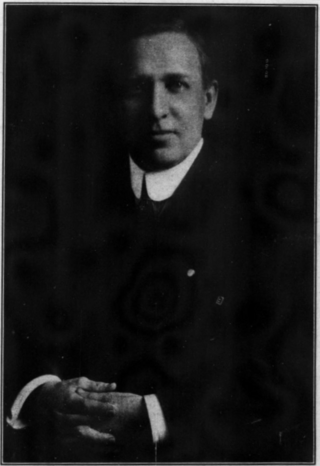Related Research Articles

A parkway is a landscaped thoroughfare. The term is particularly used for a roadway in a park or connecting to a park from which trucks and other heavy vehicles are excluded.

A pedestrian is a person traveling on foot, whether walking or running. In modern times, the term usually refers to someone walking on a road or pavement, but this was not the case historically. Pedestrians may also be wheelchair users or other disabled people who use mobility aids.

A jay is a member of a number of species of medium-sized, usually colorful and noisy, passerine birds in the crow family, Corvidae. The evolutionary relationships between the jays and the magpies are rather complex. For example, the Eurasian magpie seems more closely related to the Eurasian jay than to the East Asian blue and green magpies, whereas the blue jay is not closely related to either. The Eurasian jay distributes oak acorns, contributing to the growth of oak woodlands over time.
This is a list of British words not widely used in the United States. In Commonwealth of Nations, Malaysia, Singapore, Hong Kong, Ireland, Canada, New Zealand, India, South Africa, and Australia, some of the British terms listed are used, although another usage is often preferred.

A model is an informative representation of an object, person, or system. The term originally denoted the plans of a building in late 16th-century English, and derived via French and Italian ultimately from Latin modulus, a measure.
A chicane is a serpentine curve in a road, added by design rather than dictated by geography. Chicanes add extra turns and are used both in motor racing and on roads and streets to slow traffic for safety. For example, one form of chicane is a short, shallow S-shaped turn that requires the driver to turn slightly left and then slightly right to continue on the road, requiring the driver to reduce speed. The word chicane is derived from the French verb chicaner, which means "to create difficulties" or "to dispute pointlessly", "quibble", which is also the root of the English noun chicanery. The Spanish verb chicanear also means "to use trickery".

Jaywalking is the act of pedestrians walking in or crossing a roadway if that act contravenes traffic regulations. The term originated in the United States as a derivation of the phrase jay-drivers, people who drove horse-drawn carriages and automobiles on the wrong side of the road, before taking its current meaning. Jaywalking was coined as the automobile arrived in the street in the context of the conflict between pedestrian and automobiles, more specifically the nascent automobile industry.

In road transport, a lane is part of a roadway that is designated to be used by a single line of vehicles to control and guide drivers and reduce traffic conflicts. Most public roads (highways) have at least two lanes, one for traffic in each direction, separated by lane markings. On multilane roadways and busier two-lane roads, lanes are designated with road surface markings. Major highways often have two multi-lane roadways separated by a median.

A landaulet, also known as a landaulette, is a car body style where the rear passengers are covered by a convertible top. Often the driver is separated from the rear passengers by a division, as with a limousine.

The terms "designated driver" and "designated driving" refer to the selection of a person who remains sober as the responsible driver of a vehicle whilst others have been allowed to drink alcoholic beverages.
A backseat driver is a passenger in a vehicle who is not controlling the vehicle but who excessively comments on the driver's actions and decisions in an attempt to control the vehicle. A backseat driver may be uncomfortable with the skills of the driver, feel out of control since they are not driving the vehicle, or want to tutor the driver while they are at the wheel. Many comment on the speed of the vehicle, or give alternative directions.
Irregardless is a word sometimes used in place of regardless or irrespective, which has caused controversy since the early twentieth century, though the word appeared in print as early as 1795. The word is mostly known for being controversial and often proscribed, and is often mentioned in discussions on prescriptive and descriptive lexicography.

G-man is an American slang term for agents of the United States Government. It is especially used as a term for an agent of the Federal Bureau of Investigation (FBI).

Slush, also called slush ice, is a slurry mixture of small ice crystals and liquid water.

A bridle path, also bridleway, equestrian trail, horse riding path, ride, bridle road, or horse trail, is a trail or a thoroughfare that is used by people riding on horses. Trails originally created for use by horses often now serve a wider range of users, including equestrians, hikers, and cyclists. Such paths are either impassable for motorized vehicles, or vehicles are banned. The laws relating to allowable uses vary from country to country.

Hello is a salutation or greeting in the English language. It is first attested in writing from 1826.

Heber Manning Wells was an American politician and banker who served as the first governor of the State of Utah. Utah gained statehood on January 4, 1896; Wells served as governor from January 6, 1896, until January 2, 1905.

Touron is a derogatory term combining the words "tourist" with "moron" to describe any person who, while on vacation, commits an act of pure stupidity. The term is considered park ranger slang that describes how some tourists act in national parks. The phrase indicates an act of ignorance and is known to be used in different subcultures. It is also used to describe tourists in general when they are outside their normal "comfort zone".

Clayton Tryon Teetzel was an American sportsman and athletic coach. He played American football and competed in track for the University of Michigan from 1897 to 1899 and later coached football, basketball and track at Michigan State Normal College, Benton Harbor High School, Brigham Young University, and Utah State University.

Herman Milton "Billy" Suter was an American football and baseball player, coach, referee, and athletic director. He was also a newspaper publisher.
References
- ↑ "Why is it called Jay-Walking". Merriam-Webster. Retrieved 10 August 2018.
- ↑ Norton, Peter D (2008-04-18). Fighting Traffic: The Dawn of the Motor Age in the American City. MIT Press. p. 409. ISBN 9780262141000 . Retrieved 10 August 2018.
- ↑ "Oh, Yes, There's the "Jay Driver"". Salt Lake Telegram. 1907-01-17. Retrieved 10 August 2018.
- ↑ "[untitled]". The Pittsburgh Gazette Times. Vol. 134, no. 106. 1919-11-11. p. 6. ProQuest 1856231446.
- ↑ "School for Jay Drivers!". British Pathe. Retrieved 10 August 2018.